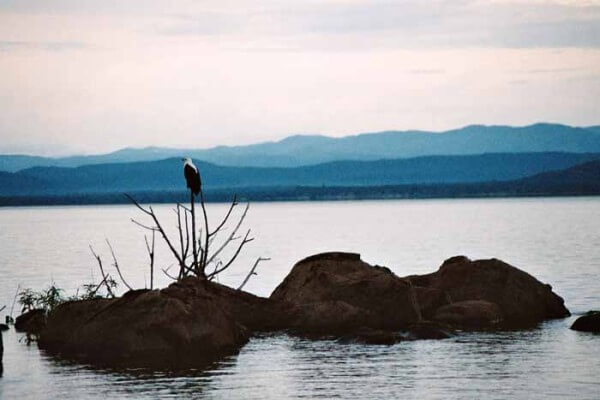The second biggest Zimbabwean city after the capital of Harare, Bulawayo holds an approximate urban population of around 730,000 (according to 2007 surveys). The city is situated in Matabeleland, 439 kilometres south west of Harare. Bulawayo is now treated as a separate provincial region from Matabeleland, making it a stand-alone province.
Bulawayo is also referred to as the ‘City of Kings’, ‘Skies’, ‘Bluez’, ‘Bulliesberg’ or ‘KoNtuthu ziyathunqa’ which is a SiNdebele term meaning ‘place of smoky fires’. Most of the population of Bulawayo is of the Ndebele ethnic and language group.
The city has long been and still is known as the industrial and business centre of Zimbabwe, and contains the National Railways of Zimbabwe due to its prime position near both Botswana and South Africa. It is the closest city to Hwange National Park, Matopo National Park and the mighty Victoria Falls.
‘Bulawayo’ is derived from the SiNdebele word ‘KoBulawayo’ which means ‘a place where he is being killed’. It was aptly named due to the fact that King Mzilikazi once used this area to kill off his enemies. However, despite the origin of its name, the city has a very relaxed and sophisticated atmosphere to it, boasting boulevards lined with trees and a feeling of refinement.
Recently, Bulawayo has undergone a harsh drop in living standards due to the extreme economic crisis that has been affecting the country. Presently, the city is home to the biggest opposition of Robert Mugabe. Its primary issues to face include poor investment and widespread unemployment. Because of the lack of expansion in facilities and supplies, water shortages have become more frequent since 1992.
Bulawayo is located on a plain that signifies the Highveld of Zimbabwe, and is situated near to the watershed between the Zambezi and Limpopo drainage basins. The land slowly slopes downward to the north and northwest, while the southern side boasts more hills. The city’s land becomes more broken heading southward to the Matobo Hills.
Because of its high altitude, Bulawayo has a subtropical climate in spite of being located within the tropics. The city receives a yearly rainfall of about 590mm, which supports a natural stretch of vast woodland, covered in Combretum and Terminalia trees. However, being situated close to the Kalahari Desert, Bulawayo is prone to droughts and rainfall tends to differ harshly each year.
When visiting Bulawayo, be sure to check out Matobo National Park – a region of big rocks and wooded valleys beginning around 35 kilometres south of the city. The Museum of Natural History is also most definitely worth a visit, especially seeing as it is the biggest museum in the entire southern hemisphere, with more than 75,000 exhibits and displays.
The Chipangali Wildlife Orphanage is located just 23 kilometres from Bulawayo. It was founded by well-known Viv Wilson and started as a sanctuary for abandoned, wounded or orphaned wild animals but has developed in size into a regional Centre for the Conservation and Research of Endangered Species. The creatures now found here include rhino, cheetah, wild dog, brown hyena and duiker. Bulawayo is set in a prime location, and makes for a wonderful stopover during any visit to Zimbabwe.
Image courtesy of www.bulawayomemories.com





0 Comments